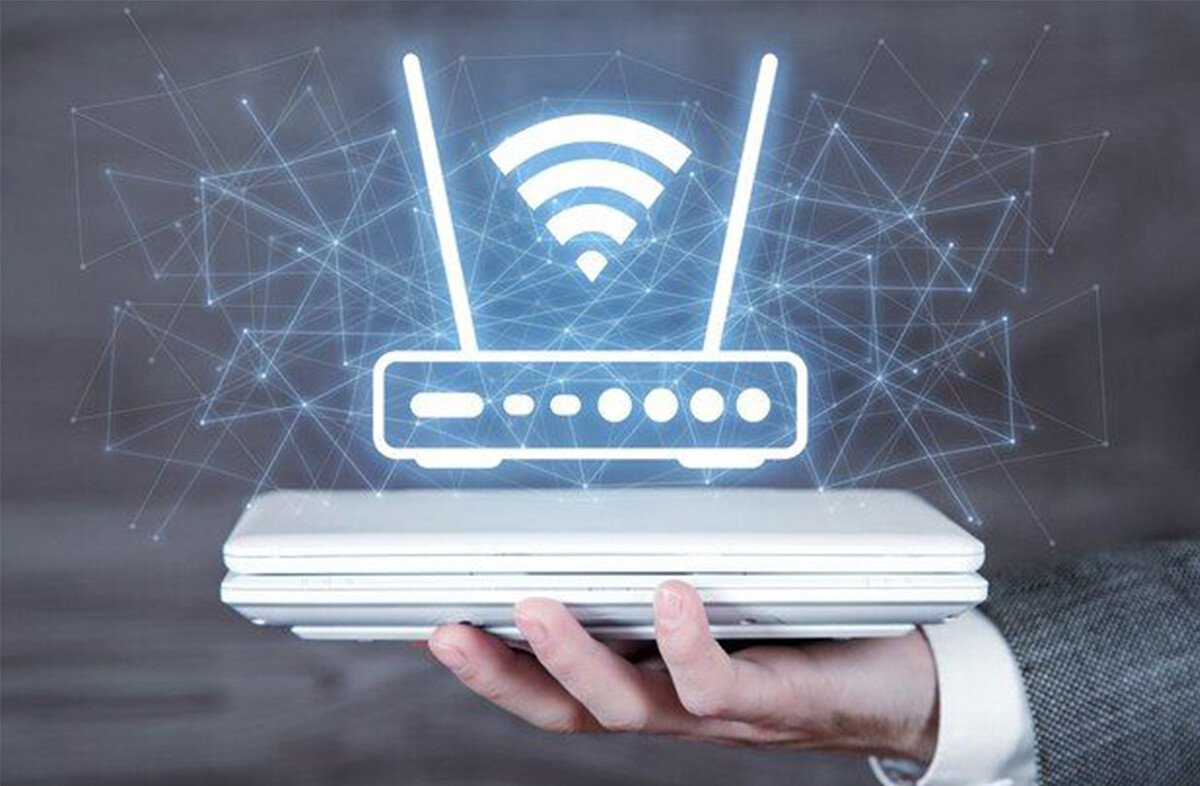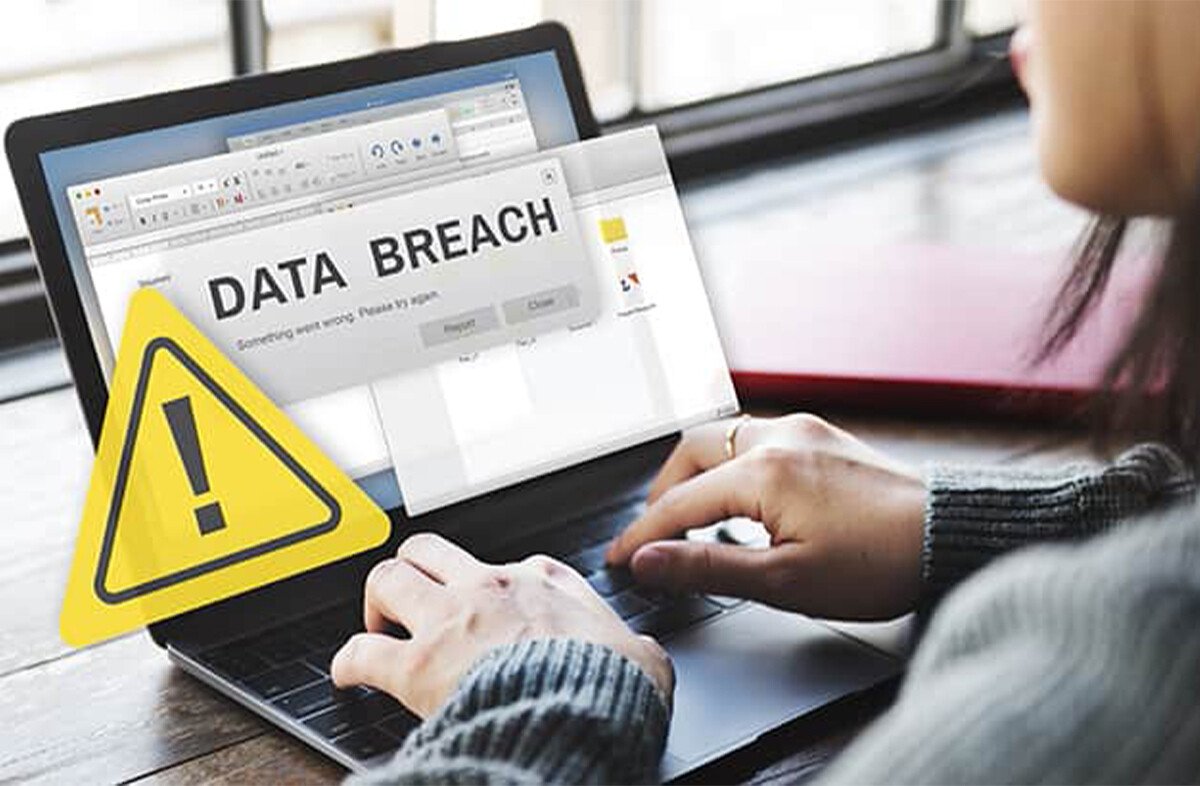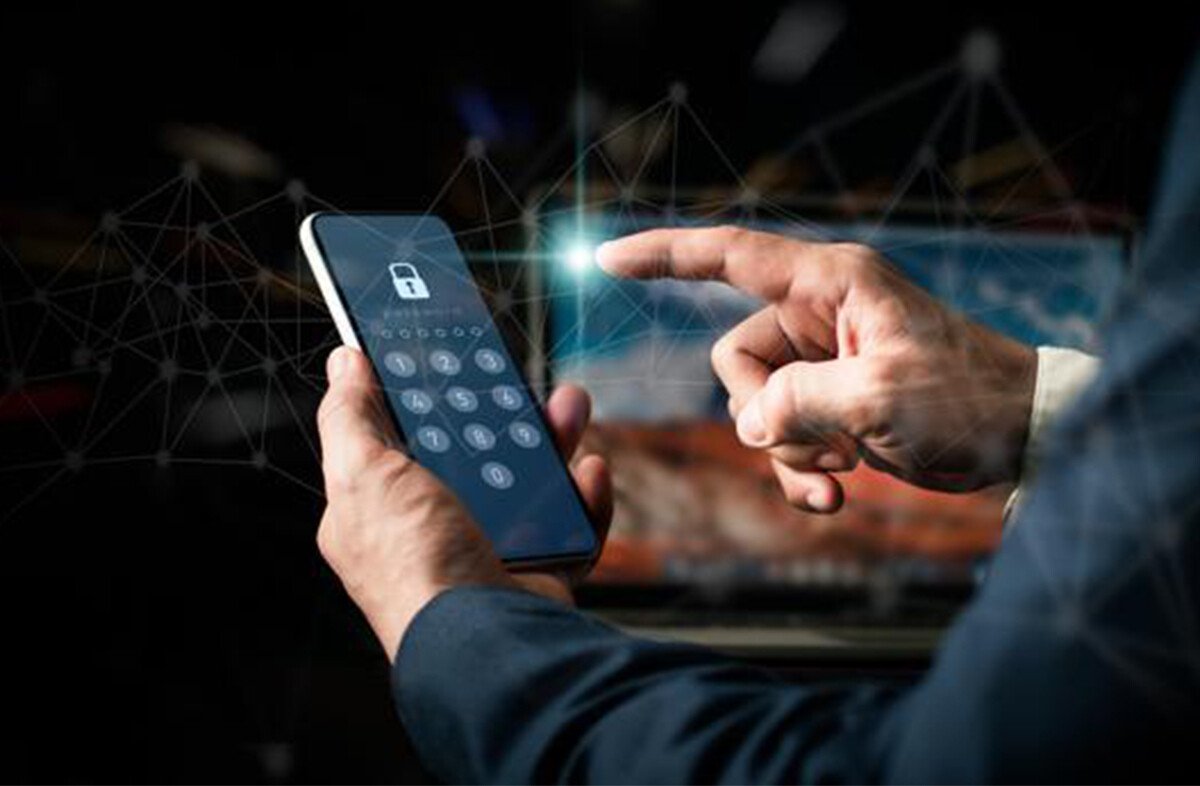Exclusive Offers on Antivirus Solutions – ClickNcart
Need help? Call Us: +1 (855) 744-9785

Public Wi-Fi Dangers: How to Stay Safe Online
Introduction
Public Wi-Fi is everywhere—cafes, airports, hotels, and shopping malls. While it’s convenient, it’s also a cybercriminal’s playground. Without proper security measures, your personal data can be intercepted, stolen, or manipulated. In this guide, we’ll explore the hidden risks of public Wi-Fi and how to protect yourself from online threats.
The Hidden Risks of Public Wi-Fi
1. Data Interception & Man-in-the-Middle Attacks
Public Wi-Fi networks often lack encryption, making it easy for hackers to intercept your data. Cybercriminals can position themselves between you and the website you’re visiting, capturing sensitive information like login credentials, banking details, and private messages.
2. Fake Wi-Fi Networks (Evil Twin Attacks)
Hackers create fake Wi-Fi hotspots that mimic legitimate networks. If you unknowingly connect to one, they can monitor your activity, steal passwords, and inject malware into your device.
3. Malware Distribution
Some public Wi-Fi networks are compromised with malicious software. Once connected, your device may unknowingly download spyware, ransomware, or keyloggers, putting your personal data at risk.
4. Session Hijacking
Cybercriminals can hijack your session by stealing authentication cookies, allowing them to access your accounts without needing your password.
How to Stay Safe on Public Wi-Fi
1. Use a VPN (Virtual Private Network)
A VPN encrypts your internet traffic, making it unreadable to hackers. Even if someone intercepts your data, they won’t be able to decipher it.
2. Avoid Accessing Sensitive Information
Never log into banking accounts, enter passwords, or make financial transactions on public Wi-Fi. If necessary, use mobile data or a secure hotspot instead.
3. Disable Automatic Wi-Fi Connections
Your device may automatically connect to unsecured networks. Disable this feature to prevent accidental exposure to malicious hotspots.
4. Turn Off File Sharing & Bluetooth
Hackers can exploit file-sharing settings to access your device remotely. Disable file sharing and turn off Bluetooth when using public Wi-Fi.
5. Use Two-Factor Authentication (2FA)
Enable 2FA on all important accounts. Even if a hacker steals your password, they won’t be able to access your account without the second verification step.
6. Verify Network Authenticity
Before connecting, ask staff for the correct Wi-Fi name to avoid falling victim to fake networks.
7. Keep Your Software Updated
Regular updates patch security vulnerabilities that hackers exploit. Ensure your operating system, apps, and antivirus software are up to date.
Conclusion
Public Wi-Fi is convenient but risky. Cybercriminals are constantly evolving, finding new ways to steal data and compromise security. By following these best practices, you can stay safe online and protect your personal information from cyber threats.
Latest Post
Hassle-Free Online Shopping
Easy browsing and purchasing process.
Trusted & Verified Antivirus Solutions
Strong protection against online threats.
Exclusive Deals & Offers
Special discounts and loyalty rewards.
Expert Customer Support
Assistance for all cybersecurity needs.

ClickNcart is a leading e-commerce platform dedicated to providing high-quality antivirus software to customers across the United States. We specialize in offering trusted security solutions that help individuals and businesses safeguard their devices from online threats.
Categories
Use Full Link
Help
Need Help? / Contact Us
5900 Balcones Drive #25130 Austin, TX 78731
Call us between 8:00 AM - 12PM
+1 (855) 744-9785
Live Chat
support@clickncart.com
Copyright 2025 ©Clickncart. All rights reserved.


